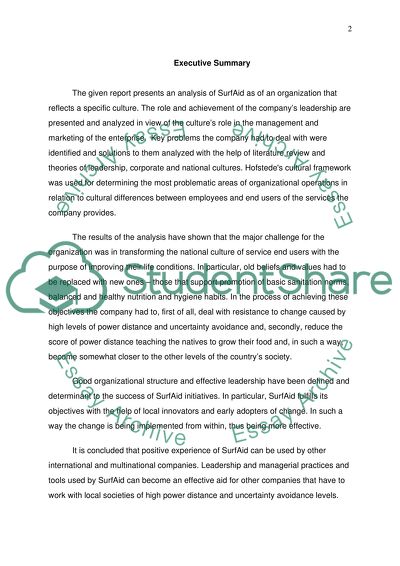Cite this document
(“SurfAid International: Leadership, Culture, Management and Marketing Essay”, n.d.)
Retrieved from https://studentshare.org/environmental-studies/1418712-surfaid-international-leadership-culture-management-and-marketing-practices-for-working-multinationally
Retrieved from https://studentshare.org/environmental-studies/1418712-surfaid-international-leadership-culture-management-and-marketing-practices-for-working-multinationally
(SurfAid International: Leadership, Culture, Management and Marketing Essay)
https://studentshare.org/environmental-studies/1418712-surfaid-international-leadership-culture-management-and-marketing-practices-for-working-multinationally.
https://studentshare.org/environmental-studies/1418712-surfaid-international-leadership-culture-management-and-marketing-practices-for-working-multinationally.
“SurfAid International: Leadership, Culture, Management and Marketing Essay”, n.d. https://studentshare.org/environmental-studies/1418712-surfaid-international-leadership-culture-management-and-marketing-practices-for-working-multinationally.


